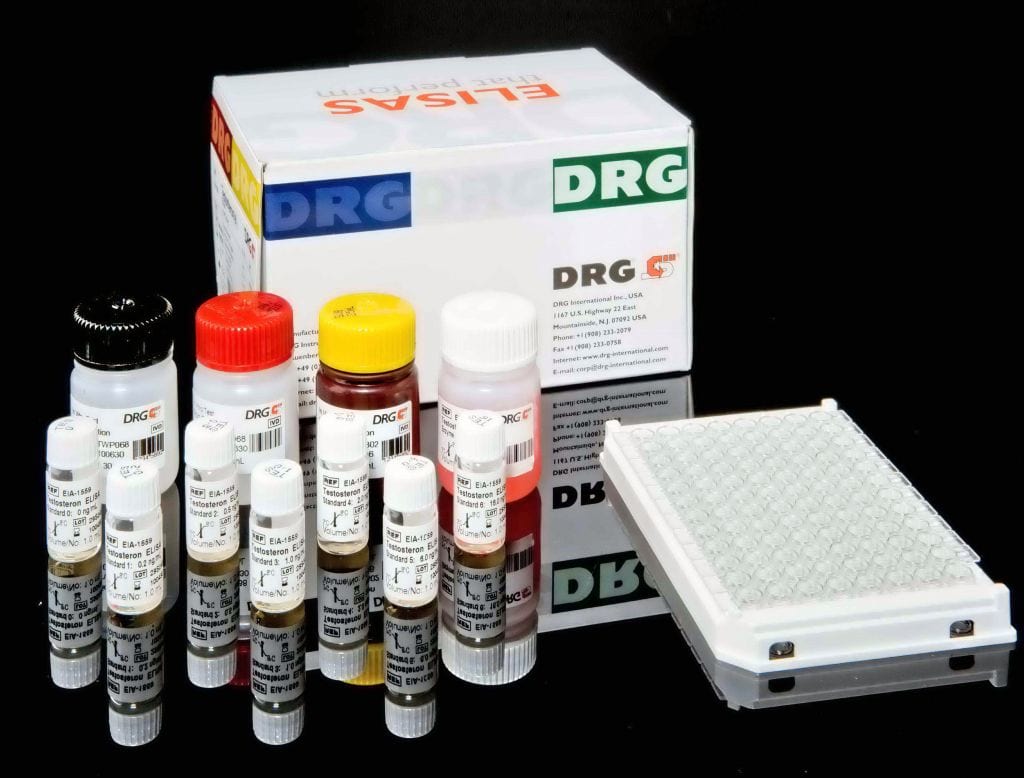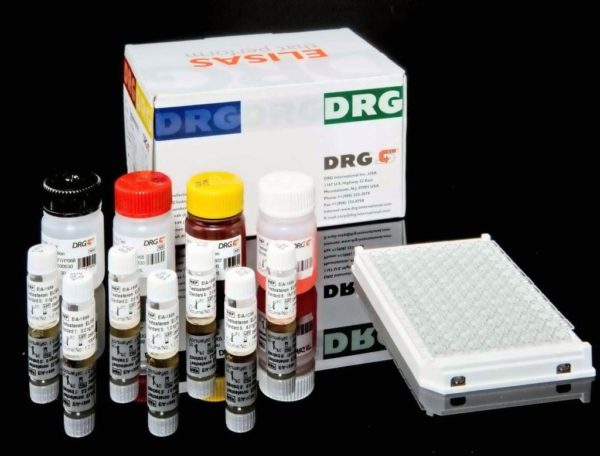Description
An enzyme immunoassay for the qualitative and semiquantitative determination of IgM-class antibodies to Chlamydia trachomatis in serum and plasma.
Chlamydiae are non-motile, Gram negative and obligatory intracellular growing bacteria which form characteristic inclusions within the cytoplasm of parasitized cells. Chlamydia trachomatis is the most prevalent agent of sexually transmitted diseases worldwide (400-500 million cases) and the number of infections is constantly growing. Rates in sexually active young people are commonly between 5 % and 10 % in Europe. In women, Chlamydia trachomatis can lead to pelvic inflammatory disease (PID), tubal infertility and ectopic pregnancy. Infection during pregnancy is associated with premature rupture of the membranes, low birth weight and miscarriage. Chlamydia trachomatis can also be transmitted from mother to baby during labour, causing eye and respiratory infections. In men, Chlamydia trachomatis can lead to acute genital inflammation (epididymitis, epididymo-orchitis) and occasionally to sexually-acquired reactive arthritis (SARA). In men and women Chlamydia trachomatis may produce proctitis. Individuals with Chlamydia trachomatis are at increased risk of acquiring or transmitting HIV. Extraarticular infection with Chlamydia trachomatis caused an inflammatory reactive arthritis (Chlamydia-induced arthritis [CIA]). A severe problem in Chlamydia infections is the frequent asymptomatic insidious course which may result in the initiation of chronic diseases. In many
instances primary infections are not recognized and only the sequelae caused by ascended, persisting agents are diagnosed. Infection can be identified by Microscopy (Giemsa stain), PCR, Serology: Detection of antigens by ELISA, detection of antibodies by IF, EIA, ELISA. After primary infection, IgM, IgA, and IgG antibodies can be detected successively in serum samples. IgG antibodies are generally considered as markers for any contact with the pathogen irrespective of disease stage. IgM antibodies are characteristic for acute infection and IgA antibodies indicate ongoing progression of an infection.
The DRG Chlamydia trachomatis IgM ELISA Kit is a solid phase enzyme-linked immunosorbent assay (ELISA). Patient samples are diluted with Sample Diluent and additionally incubated with IgG-RF-Sorbent to eliminate competitive inhibition from specific IgG. This pretreatment avoids false negative results. Microtiter wells as a solid phase are coated with inactivated Elementary Bodies Chlamydia trachomatis antigen.Diluted patient specimens and ready-for-use controls are pipetted into these wells. During incubation Chlamydia trachomatis-specific antibodies of positive specimens and controls are bound to the immobilized antigens. After a washing step to remove unbound sample and control material horseradish peroxidase conjugated anti-human IgM antibodies are dispensed into the wells. During a second incubation this anti_IgM conjugate binds specifically to IgM antibodies resulting in the formation of enzyme-linked immune complexes. After a second washing step to remove unbound conjugate the immune complexes formed (in case of positive results) are detected by incubation with TMB substrate and development of a blue color. The blue color turns into yellow by stopping the enzymatic indicator reaction with sulfuric acid. The intensity of this color is directly proportional to the amount of Chlamydia trachomatis-specific IgM antibody in the patient specimen. Absorbance at 450 nm is read using an ELISA microtiter plate reader.




